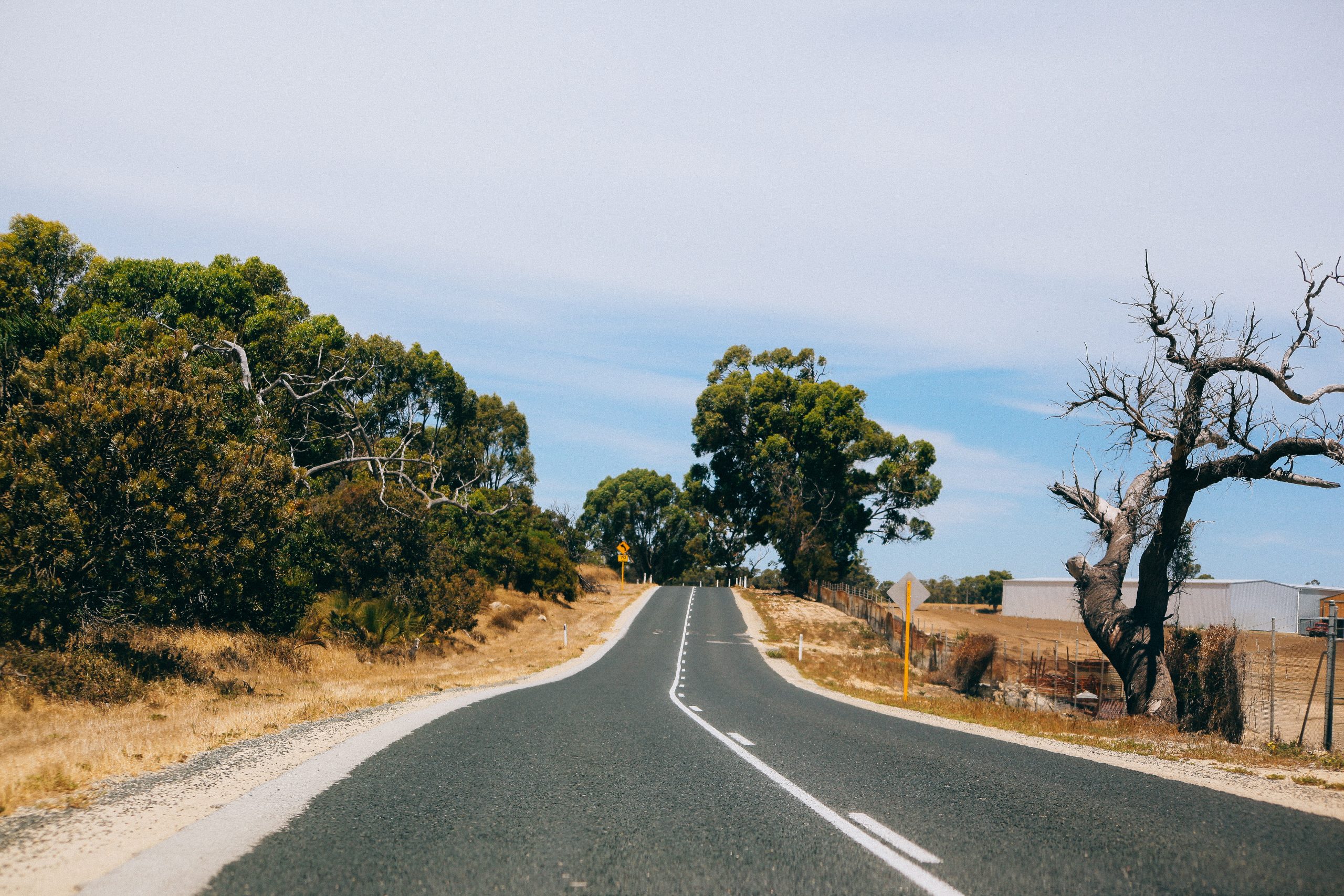I rise today, Mr President, to speak on the devastating and growing concern over regional road safety.
Today, the current road fatalities for 2023 sit at 59, fast approaching last year’s total of 71 deaths for the entire year.
I am appalled by these statistics, and as a state, we must do better to protect the safety of those using our road network, or else bear the responsibility for the ongoing loss of lives.
The all-too-familiar Facebook community news post sharing another tragic fatality has pushed local communities to petition for change.
Again, regional communities are left heartbroken and distraught as families, friends, and communities mourn the shocking death of a life taken too soon.
On the 27th of May 2023, a change.org petition titled ‘Grant Safe Country Roads for SA’ was created. Already, 6 262 signatures support this petition, which only grows daily.
I want to assure local communities that their outcry has been heard. We cannot afford to lose any more lives – particularly young lives – on South Australian roads.
Young drivers from rural South Australia are up to three times more likely than those living in metropolitan Adelaide to lose their life or be seriously injured in a road crash.
Within these statistics is a significant cohort who travel for their education or access services unavailable in the regions.
Between 2017 and 2021, 43% of drivers killed or seriously injured on rural roads were aged 16-24.
When speaking on this topic, I can’t help but think of my 16-year-old daughter, who has just entered this eight-year increased risk.
At the thought of my daughter making up these statistics, Mr President, I am terrified, and I am sure many can relate.
Campaigns such as ‘Selfish Pr*ck’, ‘Speeders come out of nowhere’, and ‘No One’s Driving if You’re Distracted’ are insufficient at reducing the road death toll.
I stand in support of the ‘Enough is Enough’ message.
Fifty-nine lives lost are 59 too many. The ripple effect of road fatalities has embedded a growing fear of driving and left heartbroken and traumatised communities in its wake.
Teenagers and young people should not face their friends’ funerals, and parents should never be confronted with their child’s death due to their getting behind the wheel.
I support the Shadow Minister for Infrastructure and Transport’s call for the government to form a bipartisan road safety summit.
We need a targeted approach to reduce these statistics and implement proactive and preventative measures where current methods falter.
When we look at the few survivors of serious road crashes, such as Holly Scott– we can learn valuable lessons about road safety.
Holly actively shares the lessons as part of her role as SAPOL’s first Road Safety Ambassador.
We are fortunate for people like Holly who speak to young drivers in an attempt to change the mindset of our youth, who we know are more susceptible to the fatal five – speeding, drunk and drug driving, distraction, dangerous road use, and not wearing seatbelts.
We must look seriously at other solutions, like defensive driving courses, which teach high-level vehicle control skills and train drivers in various weather and road conditions.
The standard hazard perception simulation test does not protect our drivers from real-world hazards.
We know that defensive driving courses reduce the risk of collision and develop better drivers by testing them in controlled, hazardous environments.
But while South Australia continues its upward trajectory, other states are declining – we must ask ourselves, what are we doing wrong?
And what can we do to make it right?
Novel approaches such as that used by the company ‘Save a Life Australia’ should be more widely implemented across the state.
Save a Life Australia uses a virtual reality driving simulator that exposes the user and those watching on a screen to the dangers of inattentive driving. While this exposure can be confronting, our state has reached a point where exposure and confrontation should be utilised if it means saving a life.
Sadly, when saying goodbye to family and friends, it is a habit in our regional communities to hug them tight and say, ‘Drive safe’.
These embraces have become tighter and the words more fearful with each addition to the road death toll.
This must change. Drivers deserve to feel safe on our roads, and they deserve to arrive safely at their homes and their loved ones.
Mr President, I wish to extend my deepest condolences to the heartbroken families, friends and communities of the 59 people who have lost their lives on our roads this year – may they rest in peace.
